Texas Everbearing Fig Tree
Description
About the Texas Everbearing Fig Tree
This hardy shrub-tree is a gift that keeps on giving, offering up a generous supply of deep purple, pear-shaped fruit with a mesmerizing pinkish-gold flesh that’s just as sweet as your favorite candy. But don’t be fooled by its sweetness—this fig’s moderately closed small eye helps prevent issues like splitting and souring.
This fig isn’t just a treat for your taste buds. Its large, shiny, lobed foliage adds an extra touch of beauty to your garden, almost rivaling the charm of the fruit itself. When it comes to culinary adventures, this fig is a versatile partner. Throw it into your cakes, jams, and cookies, or get creative by running fig halves under the broiler, drizzling them with honey, and enjoying them with a dollop of mascarpone or cream cheese.
The Texas Everbearing Fig Tree isn’t just a one-time wonder. It rewards you with two harvests—first in May with the breba crop, and then in full swing from June through August. Remember, the best flavors develop when the figs ripen right on the tree. To ensure your harvest stays yours, consider using netting to protect the fruit from eager birds and curious deer.
No need to worry about pollination either, as this tree is self-fruitful. So, if you’re looking for an incredible fig experience, complete with natural beauty, exceptional taste, and a fuss-free harvest, the Texas Everbearing Fig Tree is ready to shine in your garden.
Overwintering Fig Trees in Cooler Climates
If you experience temperatures below freezing, then additional winter protection is necessary for best results.
Potted figs should be placed in an insulated, unheated, preferably dark room or cool basement. Water them monthly until just moist so the roots do not dry out completely.
For fig trees planted in-ground, insulate as much as possible by getting creative. Use chicken wire and burlap or surround with straw bales stuffed with leaves. The pliable branches can be bent in to preserve as much as the plant as possible. What is not covered, will likely die back. Figs fruit on new growth and the insulated roots will send out new growth, even if the top dies.
Photo courtesy of Fir002, Creative Commons License.
Characteristics
| Fruit Color | Purple |
| Fruit Size | Large |
| Hardiness Zone Range | 2 - 10, Outdoor Planting: 7 - 10 |
| Pollination | Self-Pollinating |
| Ripens/Harvest | May |
| Shade/Sun | Full Sun |
| Soil Composition | Loamy |
| Soil Moisture | Well Drained |
| Soil pH Level | 5.5 - 8.0 |
| Taste | Sweet |
| Years to Bear | 1 - 2 |
Zone Compatibility
Pollination
This variety is self pollinating.
Tools & Supplies
Planting & Care
Learn all about how to grow fig trees in The Growing Guide. An entire section of our website dedicated to your growing success.
Questions & Answers
We appreciate you reaching out to us. You can treat them with Serenade® Garden Disease Control as it is all natural and safe.
If you have any further questions please don't hesitate to reach back out to us. Have a great day!
My Texas Everbearing Fig Tree has survived thru this extraordinary harsh cold winter without any dead branch. I did not do any winter protection nor any mulching at the base. According to my weather station, the temperature did dipped into single digit for few nights even though I live in zone 8A according to https://planthardiness.ars.usda.gov/
I started small currently about 5 feet tall, planning to get another when they get back in stock.
It sounds like your Texas Everbearing fig is healthy, which is great news! There are a few reasons why it might not be producing figs this season, even though your Brown Turkey figs are:
Age of the Tree: If your Texas Everbearing is relatively young, it may need more time to mature before it starts producing fruit. Fig trees typically take a few years to establish themselves before they begin to bear fruit.
Pollination and Fertilization: While figs don't require cross-pollination to produce fruit, the tree's nutrient balance can affect fruit production. Ensure your Texas Everbearing is receiving balanced fertilization, avoiding too much nitrogen, which can lead to lush foliage but few fruits.
Watering: Inconsistent watering, especially during fruit development, can cause fig trees to drop fruit or not produce at all. Make sure the tree is getting regular, deep watering.
Environmental Factors: Sometimes, slight differences in microclimates within your garden can impact fruiting. Your Brown Turkey figs might be in a spot that's just a bit more favorable in terms of sunlight, soil, or wind protection.
Pruning: Over-pruning can also delay or reduce fruiting. If you pruned the Texas Everbearing heavily last winter, it might be focusing on regrowing wood instead of producing fruit.
Given that your Brown Turkey figs are doing well, it’s likely just a matter of time before your Texas Everbearing starts producing. Keep an eye on it, and with a little patience, you should see figs in future seasons.
That will depend upon which option you choose. Please see the "Choose an option" dropdown menu near the top of the page, which will show you the various sizes/options that are available.
Hello, typically these trees would need pruned each season to make the tree look uniform . But ultimately it depends on the growers preference.
That will depend upon which option you choose. Please see the "Choose an option" dropdown menu near the top of the page, which will show you the various sizes/options that are available.
We recommend watering every 7-10days and if there is an inch of rainfall in that time frame there is no need for water. But if it is very dry then you can give an extra drink if needed.
NO As fig trees are not grafted this tree matures approximately 10 - 15' tall x 10 - 15' wide.
Will you send it at the time it needs to be planted, or should I wait to order it?
We appreciate you reaching out to us. Because weather and soil conditions vary so much from year to year and even within your zone, it's best to think of your planting time as a range of favorable conditions instead of an exact time.
You can plant new plants and trees:
1) when the ground is not frozen.
2) when daytime temperatures are above freezing (32ºF) and below 90ºF.
3) when extreme weather (blizzard, hail, torrential rain, etc.) is not in the forecast. Be sure to keep plants watered if you're transplanting in warm and/or dry weather.
If you would like us to ship your order at a different time, please contact our Customer Support Team at 800.325.4180. We would be glad to help you arrange what suits you and your growing zone best.
If you have any further questions please don't hesitate to reach back out to us. Have a great day!
Customer Reviews
It has flourished so much in fact that I have taken cuttings and I'm already growing like ten more fig trees.
Very pleased with our plant.

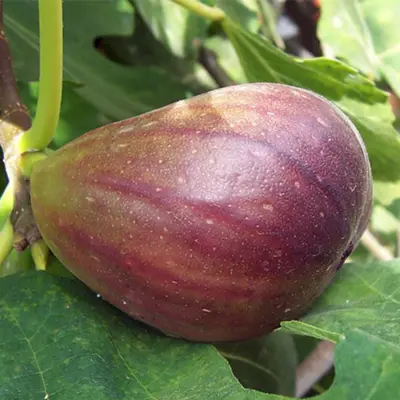
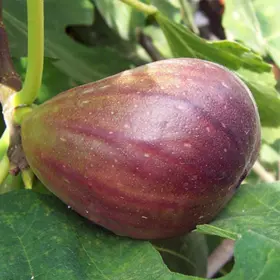
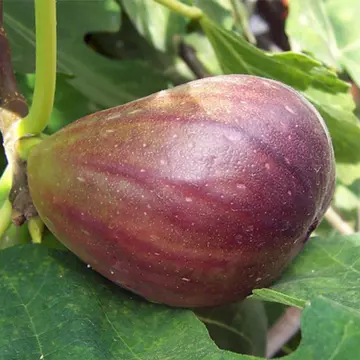
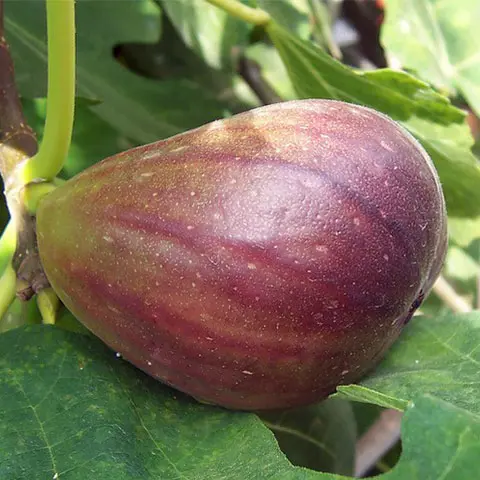
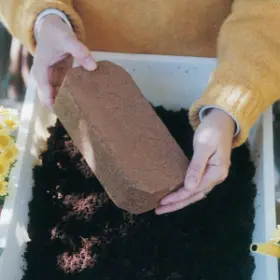
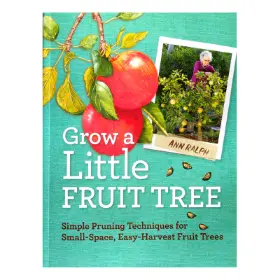

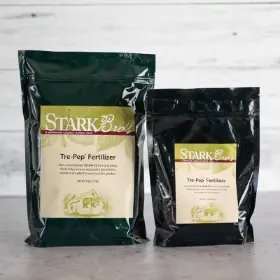
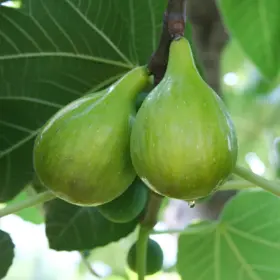
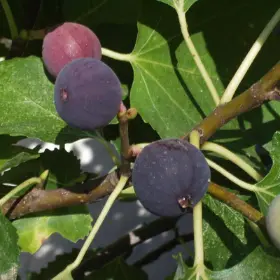
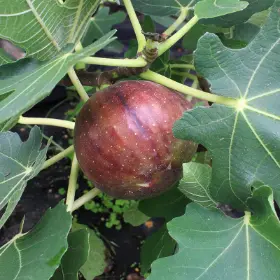
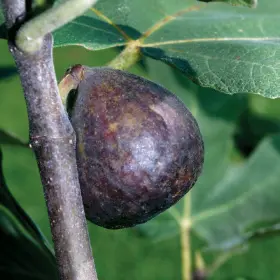
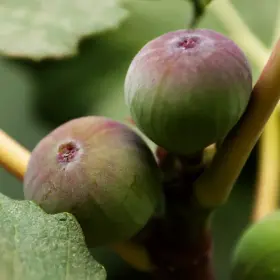
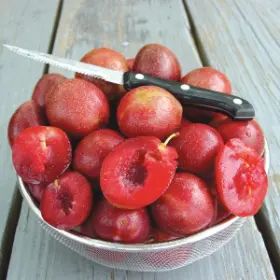
I LOVE EVER BEARING ALMOST AMYTHING/
My mother
had good trees previously
Fig preserves